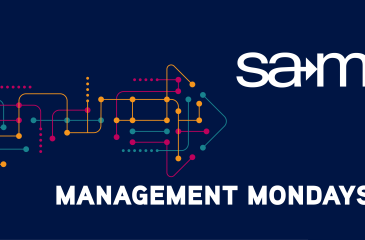Archive for March, 2025
-
Speak So They Listen: Body Language, Energy, and the Unspoken Rules of Influence
People often focus on what to say when preparing to speak, but they overlook how much of their message is conveyed without words. Communication is not just verbal. It is physical, emotional, and visual. The way you stand, move, look, and gesture sends signals long before you ever begin to talk. In fact, much of what people remember from a conversation or presentation has less to do with the words and more to do with the delivery. That is why mastering your nonverbal communication is not optional. It is essential. If you want people to listen, believe, and remember what you say, then you must learn to use your body, voice, and energy as tools for influence.
-
The 12-Step Blueprint for Unforgettable Communication
Every professional has sat through a meeting, workshop, or presentation that was technically correct but utterly forgettable. The problem is rarely with the facts or the intent. The issue lies in the structure. Without a clear and compelling flow, even strong content becomes hard to follow and easy to forget. Whether you are leading a team discussion or presenting to senior leaders, your ability to engage others relies on the way you organize your message. Most people rely on instinct or tradition to shape what they say. But the most impactful communicators follow a specific path. That path is built on twelve simple steps that help guide your message from start to finish.
-
Read the Room Like a Pro: How to Diagnose People, Power, and Purpose
Before you say a single word in a meeting or presentation, your message is already competing with distractions, assumptions, and unspoken dynamics. That is why strong communicators never begin with content. They begin with diagnosis. They look at the people in the room, the relationships at play, the current emotional tone, and the purpose of the interaction. Diagnosis is not about reading minds. It is about reading context. When you understand the people, the power, and the purpose behind a meeting, you begin to see what actually needs to be said and how it needs to be said. This level of awareness separates those who inform from those who influence.
-
A Closer Look: What Your Team Really Thinks About Work
Earlier in my career, I worked for an organization where our Division Leadership was focused on the hours we were clocking in. If you weren’t burning the midnight oil or […]
-
From Boring to Bold: How to Design Messages People Actually Remember
Most professionals spend a great deal of time gathering facts, building presentations, or organizing talking points, but still end up delivering messages that fail to stick. The common assumption is that good content will naturally lead to good communication. Unfortunately, that assumption often leads to frustration. People tune out during meetings, forget what was said, and fail to act on important ideas. What many communicators overlook is that the brain does not process information in a vacuum. It needs structure. The design of your message matters just as much as the content itself. If you want to be remembered, you must become intentional about how you organize and deliver ideas.

